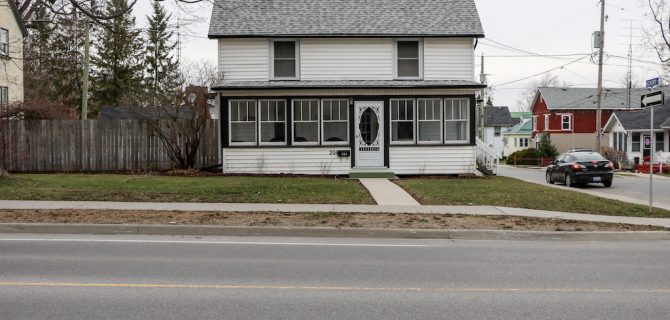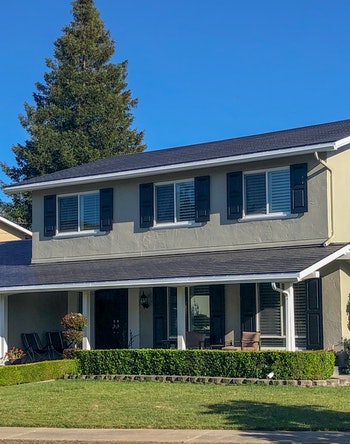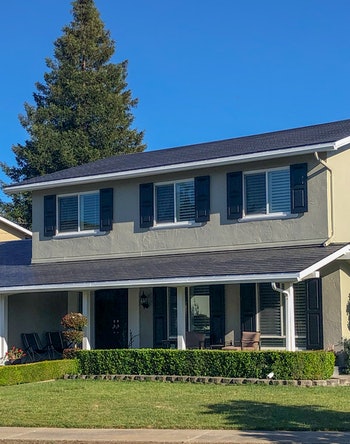There are various roof problems that homeowners experience. You can learn more about these issues by clicking here.
Is your roof starting to show its age?
Your roof protects you from the weather, but after a while there may be signs of wear. These roof problems can show up in different ways. To keep your roof in top condition, you need to know what to look for.
Read on to learn more about the 9 most common roofing problems for homeowners.
- Broken or missing shingles
Don’t worry if you find shingles in your garden or if there are dark areas on the roof where they used to be. It’s an easy problem to fix as long as you spot it early.
This usually happens when the sealant on the bottom of your shingles is worn out. It can be weakened for the following reasons:
- Bad weather
- Rodents / pests
- Age wear
In any case, when your shingles get damaged, they start to come off. Some could come off in one piece, others could come off in parts and spread out in your garden.
- Water pooling
Accumulated deposits can collect puddles and cause water to collect on your roof. If it continues to sit there, it can cause problems.
Stagnant water can promote mold and mildew. It will also weaken and rot your roofing material, causing leaks. BUR and asphalt roofs are prone to UV damage, and pool water can increase this risk and lead to faster wear.
- Tree damage
You can never protect your roof from everything that nature has to throw at it. One of the most common types of damage is trees. If small or medium-sized branches rub against your roof, the top layer will erode over time.
You should keep cut back any trees that protrude above your roof. If branches are already rubbing, remove them and check whether there is any damage. If trees pose a serious risk of falling, remove them or replant them in a safer place.
- Clogged gutters
If you have broken gutters or clogged dirt, water can accumulate. Over time, this accumulated water can penetrate the eaves and putrefaction.
To prevent this, check your gutters regularly for damage. Check for parts broken or cracked, and Remove dirt deposits. You can also set up a screen on the gutter openings that prevents leaves and branches from entering.
- Animals
Your roof is the perfect home for many animals. Some animals that could become a problem are:
- Raccoons
- squirrel
- Mice
- Birds
- insects
Some animals like squirrels gnaw on the side of your roof to get in. Others can get through tight holes that already exist.
In any case, this leads to more damage. Animal infestation can also indicate other problems, such as holes and gaps through which the elements could penetrate. So do not ignore these animals, even if they are cute.
- Granules clog your downpipe
If you have a new roof and you find granules in your gutter, don’t panic. It is likely that they were loose and fell when you installed the roof. Another thing is old roofs with falling granules. If granules are in the gutter, your shingles will likely be loose in this case and will need to be replaced.
Granules are important to protect your shingles from UV damage. If they fall over time, your shingles can start to crack. One of the first signs that your granules are falling is a clogged gutter.
- Freeze-thaw damage
In areas with snow and ice, your roof won’t last that long. When snow and ice melt, it becomes water faster than it can drain from your roof. Over time and with enough water, it will get under your shingles.
At best, this will be a problem. But in areas where it is cold, the water can sink and freeze again. When water freezes, it expands.
The now frozen ice pushes your shingles up or flashes and leaves a gap underneath to let in more water and snow. This is repeated until the warm weather.
- Ice dams
Another way that snow and ice can cause damage is through Ice dams. This is the case when the thick ice ribs accumulate along the eaves. You can loosen shingles, tear down gutters, and cause water to accumulate and enter the side of your house or into the house.
Once water is in, it’s not nice. Expect peeling wallpaper and colors, stains, warped floors and a sagging ceiling. Not to mention that if your insulation gets damp, it loses its R-value and attracts mold and mildew.
To avoid ice dams, you need to prevent your loft from getting too hot. The easiest way to do this is to ventilate the roof terrace and insulate the ceiling.
- Bad installation or repairs
Trying a do-it-yourself job or hiring a contractor who lacks the skills or the right material can cause problems. You should never try to do roof repairs yourself. Saving money may be tempting, but hiring a professional pays off in the long run, saving you a headache.
When hiring a roofer, be sure to hire professionals like https://prr247.com/15-tips-for-choosing-the-best-roofing-company/. Ask them for a checklist for your roof system. Also ensure that they are certified by the manufacturer to perform repairs or installations on your roof. You should also receive written reports and photos to demonstrate the work you have done.
Keep an eye out for common roof problems
Your roof is exposed to the elements all day long. Rain, wind, animals and underqualified craftsmen take their toll. Over time, this stress becomes too much. If you know what to look for, you can identify roof problems early and fix them before they become major problems.
If you found this article useful, be sure to read our other posts.
 TopsDecor.com Home Decor Ideas
TopsDecor.com Home Decor Ideas






